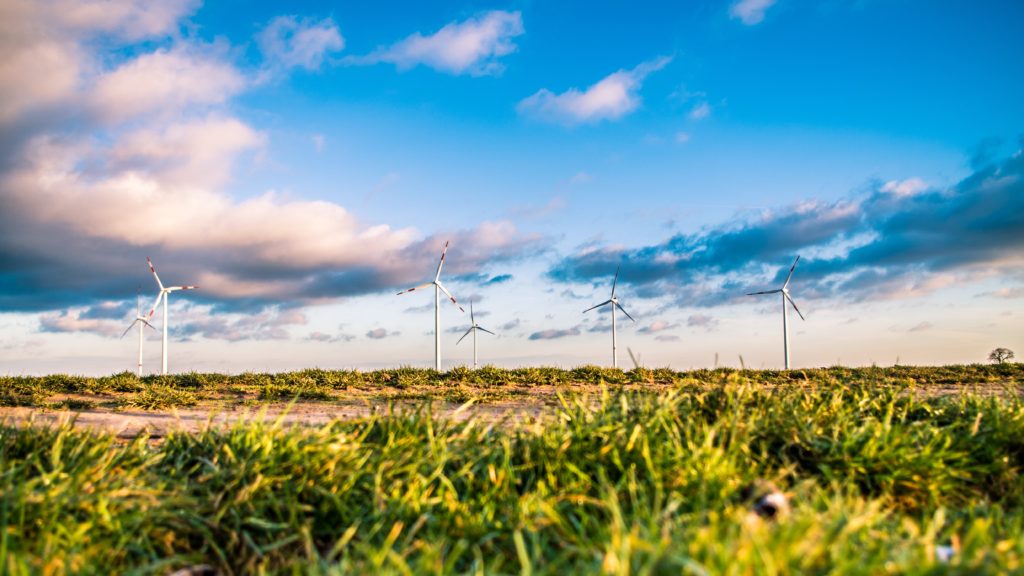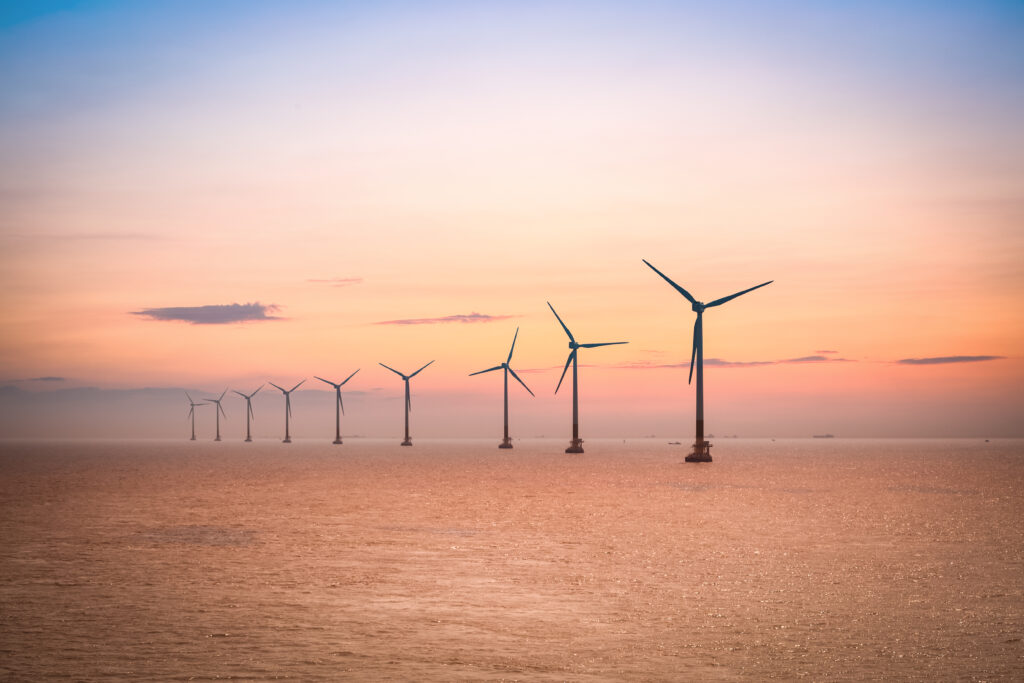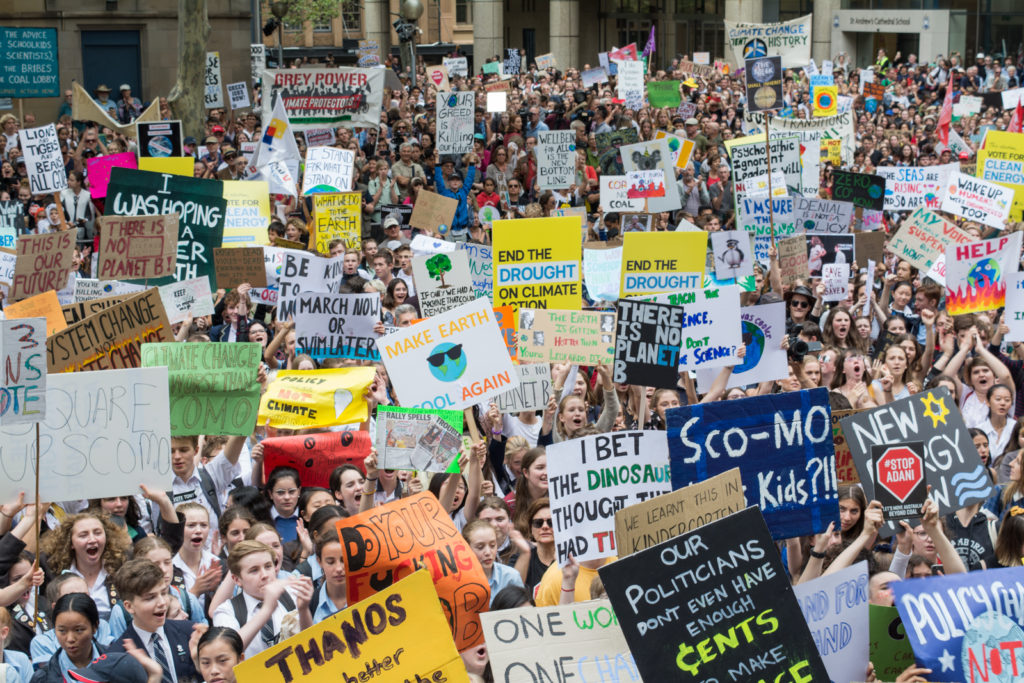So you’ve sat down with your Sunday morning coffee and pancake stack, settling in for a long relaxing morning reading the paper. But before you’ve even managed to take a bite, a headline jumps out at you. As much as you try to take a deep breath, let it go, and enjoy the syrupy goodness of your breakfast, you find that you just can’t. This one silly article is really grinding your gears. Sure, you could send a message to your group text and spend the next 45 minutes typing various strings of words, curses, and emojis to your friends while your coffee goes cold. But it’s more than that. You want everyone — the very writer of the piece, even — to know exactly what you think about this. With a crack of your neck and a squeeze of your knuckles, you have arrived: it’s Letter to the Editor time.
What is a Letter to the Editor?
Since the mid-18th century, Letters to the Editor have been key conduits for social and political discourse; ensuring topics close to the hearts of communities remain in the public eye. And even today, in our increasingly digital age, newspapers and magazines continue to publish letters written by their readers to stimulate discussion and represent an array of public opinion. Due to their brief and direct nature, Letters to the Editor remain amongst the most-read sections of newspapers and magazines — online and in print. This means that whatever you write — should it be published — will be read by a large number of people with a variety of perspectives; neighbours, MPs, and mayors alike. 
(Image Credit: Thought Catalog / Unsplash)
Why should you write a Letter to the Editor?
Whether responding directly to a specific article or simply sharing your own thoughts, a Letter to the Editor can be a powerful tool for sparking conversation and can help keep the topics that impassion you in the public eye. You may already have a specific objective you want to achieve by writing to the editor, but some climate-specific purposes of a Letter to the Editor might be:
- To express your anger about the disastrous consequences of climate change to a wider audience in an effective and compelling way;
- To advocate for and raise awareness of a climate issue that is important to you and your community;
- To inform public opinion surrounding the tangible effects of extreme weather and link it directly to climate change;
- To influence policy-makers and local MPs who regularly read the section for insight into the issues concerning their constituents
***
So you know what it is and why you should write one. The pen you pulled out to do the cryptic crossword with is now clenched between tense fingers: you’re passionate, you’re compelled, and you’re ready — but wait: how do you actually go about writing it?
***
How do you write a Letter to the Editor?
Open with a greeting:
Something as simple as ‘To The Editor’ will do; however if you know the editor’s name, use it — this may increase the possibility of your letter being read and published.
Spark the reader’s attention:
Your opening sentence will be vital for the success of your letter: it should immediately inform readers what you’re writing about, and entice them to keep reading. If you are writing in direct response to a previously published article, cite its date and title in the first sentence. If not, introduce your argument clearly, and go from there.
Following the opening, the structure of your letter should go something like this:
- Give a persuasive explanation of why the issue is important
- Provide reputable evidence to substantiate claims (the Climate Council website has a bunch of resources you can use to find quick facts and data)
- State your opinion about what should be done/possible remedies to the issue
- Sign off with your name and contact details (these won’t be published, but the paper may use this for follow up or verification)
(Image Credit: Glenn Carstens-Peters/Unsplash)
And that’s it! You’ve written a Letter to the Editor! To make sure it’s worthy of publishing, however, keep in mind these quick tips:
- Short and sweet: As a rule, Letters to the Editor should be no more than 150 words, so keep this bite-size length in mind as you are writing. Another thing to remember is that many readers may not have the same knowledge or passion about the topic as you; so concise sentences are always best.
- Timely and relevant: If you are writing in response to a published article, your reply should be sent in no later than the next day. Otherwise it is, in the eyes of the editor, irrelevant. If your letter is more of an off-the-cuff, general opinion, try to somehow link it to related issues that have been in the news recently.
- Make it personal, but don’t: It is far more compelling to read an article about an important issue such as extreme weather or climate change if it is imbued with anecdotes and personal opinion — so don’t be afraid of sharing your passion and righteous anger. That being said, don’t attack the editor, the newspaper, or the authors — vicious letters are rarely published, and any impact they might have gets lost in the rage.
- Edit and proof: Whether you come back to your letter an hour or two later, or get a friend to read over it with fresh eyes, it’s important to proofread your letter before you send it in to avoid any silly mistakes.
- Follow the guidelines: Most newspapers will set out guidelines regarding what they require in Letters to the Editor submissions. It is imperative you follow these to increase the likelihood of your letter getting published.
Don’t give up! Newspapers and magazines receive a huge amount of letters — far more than they have room for, so don’t be disheartened if you don’t see yours published straight away. Keep writing, because dedication and persistence pays off.
Sample Letters to the Editor
Sample One: Extreme Weather & Community Impacts
To the Editor of The Brisbane Times:
Your recent article ‘South-east Queensland is droughtier and floodier than we thought’ (22 June 2018) hit home for me — literally and figuratively. Born and raised in the Lockyer Valley, I have witnessed the devastating consequences of our extreme dry spells, and the worsening quality of our water — things that are destroying our communities. What angers me most is that no one is making the link between this and climate change.
Recently, the Climate Council released a report revealing that 57.4% of Queensland is in drought after the record-breaking high temperatures and dry winter of 2016/2017 — direct consequences of climate change. There could be real solutions for our communities if we and our representatives made this link, but our politicians are leaving us behind with their disregard for climate change and renewable power.
When will the change come?
— Rebecca G., Gatton, QLD
Sample Two: Renewable Energy Uptake
To the Editor of The Daily Telegraph:
Australia is the sunniest country in the world, and one of the windiest. We have enough renewable energy resources to power Australia 500 times over! So let’s get the facts straight on renewables and power prices. Contrary to ‘The Madness of Renewable Energy’ (19 February 2017), renewables are the cheapest form of new power, and new renewable energy is driving down electricity prices because the operational costs of renewable energy are very low.
By 2030, most of Australia’s coal-fired power stations will be over 40 years old. Once coal-fired power stations reach this age, they become increasingly expensive to run, and increasingly unreliable — particularly during heat waves. Between 2006 and 2016, states with the lowest growth in wind and solar generation (Queensland, Victoria and New South Wales) experienced the largest increase in their electricity bills. This goes to show it’s completely unreasonable to attribute renewable power to expensive power prices.
— Geoff R., Glebe, NSW
Sample Three: The National Energy Guarantee
To the Editor of ABC News:
When I read ‘Renewable energy investment hits new high but ‘likely to fall off a cliff’ under NEG’ (18 January 2018), I was dismayed. The recent increase in renewable energy investment in Australia (with a massive 222% increase in investment in large-scale renewable energy between 2016 and 2017, can you believe it!?) has proven that our electricity industry is willing to step up to the challenge; that the sector can — and will — respond to the push for greater renewable power.
Enter the NEG. How the government thinks this is supposed to safeguard our future is beyond me. Industry experts and state governments alike are expressing their concerns over what the NEG’s dismal emissions reductions targets will mean for Australia going forward: that we will not meet our end of the Paris agreement, that we will jeopardise our future and the future of our children, and that we will miss our chance to make real, lasting change.
— Steph P., Fitzroy, VIC
Letter to the Editor Contact Details
To get you started, here are the contact details for some of our largest newspapers.
Of course, there’s a plethora of local newspapers that are just as worthwhile writing to as well.
National
To submit a letter to The Australian, go here.
For more information on writing a letter to the Australian Financial Review, go here.
For contact details for The Guardian Australia, go here.
New South Wales
To submit a letter to The Sydney Morning Herald, email letters@smh.com.au.
To submit a letter to The Daily Telegraph, go here.
Australian Capital Territory
For more information on writing a letter to The Canberra Times, go here.
Victoria
For more information on writing a letter to The Age, go here. To submit a letter to the Herald Sun, go here.
Queensland
To submit a letter to the Brisbane Times, go here.
To submit a letter to The Courier Mail, go here.
To submit a letter to the Cairns Post, go here.
To submit a letter to the Gold Coast Bulletin, go here.
To submit a letter to the Townsville Bulletin, go here.
Western Australia
For more information on writing a letter to the Fremantle Herald, go here.
For contact details for WA Today, go here.
For more information on writing a letter to The West Australian, go here.
South Australia
For contact details for The Adelaide Review, go here.
To submit a letter to The Advertiser, go here.
Tasmania
To submit a letter to the Mercury, go here.
To submit a letter to The Examiner, go here.
Northern Territory
To submit a letter to the NT News, go here.










